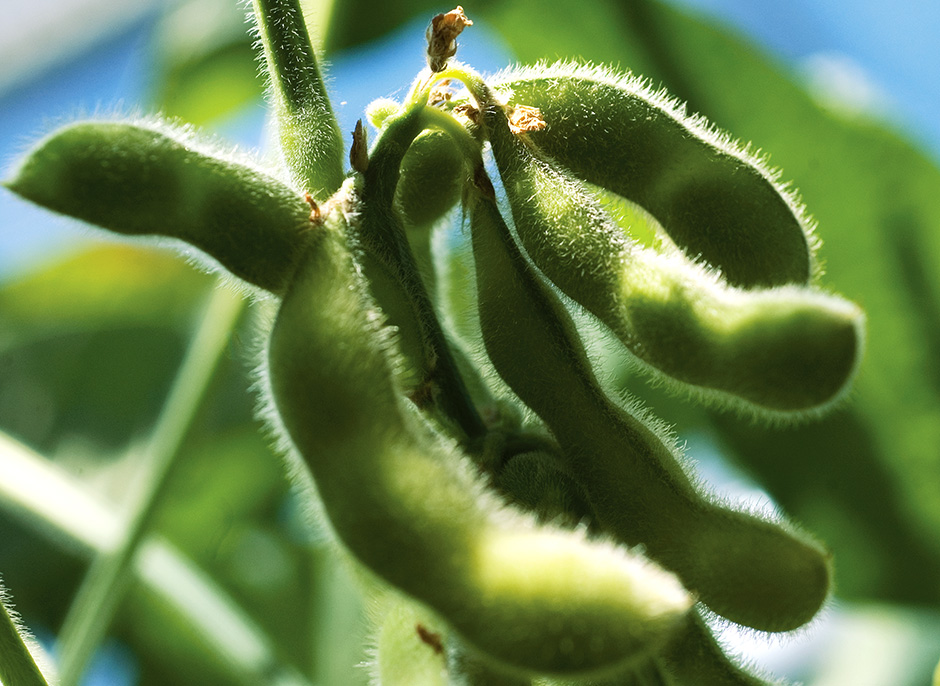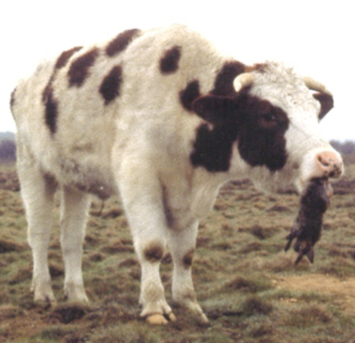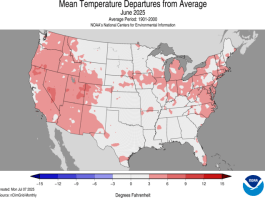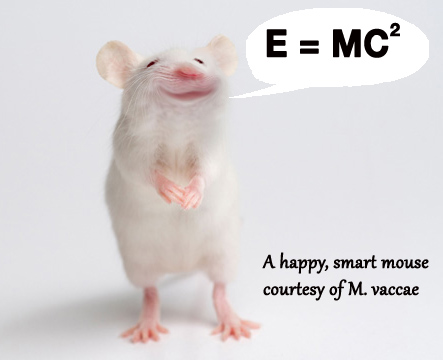With drought impacting feed availability, and tariffs reducing soybean exports, some of us may be looking at ways to use what we have a lot of to make up for a lack of grazeable forage. While soybeans can be fed to cattle we need to be careful with how much we feed and we need to understand potential, harmful interactions with other supplements. To help with that I’ve included information from a two of sources that represent what I found elsewhere: a fact sheet from Mississippi State Extension and a Press Release from the North Dakota State Agriculture Commission.
Beware of Fat

According to Daniel Rivera and Jane Parish, Mississippi State Extension Specialists, raw whole soybeans contain 40% crude protein and 20% fat on a dry matter basis. That high fat content means that you need to limit soybeans in the diet so that it never exceeds 6% for mature cattle of 4% for growing cattle. They say that “High fat levels can lead to reduced digestibility of forages and other feedstuffs; interfere with calcium, magnesium, and vitamin A absorption; cause fluctuations in feed intake; and result in scours (diarrhea).” When the oil content of the ration exceeds 7%, it can be toxic to the microbes in the cattle’s rumen and decrease digestibility. Too much oil in cattle rations can even lead to cessation of rumen fermentation and, eventually, death.
Because of this, do not feed whole soybeans free-choice or at levels that exceed total dietary fat recommendations. Rivera and Parish add that “Grazing soybean stubble containing whole beans can result in over-consumption and is not recommended.”
Soybeans Aren’t Good for Swine, Horses or Nursing Calves
Raw soybeans have enzymes that can inhibit digestion and reduce the use of nutrients or food intake, which affects livestock’s growth. The beans need to be heat-treated, which inactivates these substances. Monogastrics, like swine and horses are especially affected by this, as are nursing calves or calves under 300 pounds. Because calves may eat soybeans offered to their mothers, feeding these cows soybeans is not recommended.
Do NOT Feed Raw Soybeans With Other Supplements Containing Urea

Rivera and Parish warn that “Many commercially available protein tubs and blocks contain urea, which can potentially be fatal to cattle when fed in conjunction with raw soybeans. Range cubes may also contain urea.”
The reason? Raw soybeans contain urease which breaks urea down into ammonia. This rapid breakdown of urea into ammonia in the rumen can potentially led to ammonia toxicity and cattle death.
Mold Cautions
Damaged soybeans may have mold that may not even be visible so in addition to a feed nutrient analysis, you should add an aflatoxin screening before feeding raw soybeans. Calves are especially susceptible to “aflatoxicosis” which can cause death, but is usually seen as unthriftiness, weakness, anorexia, reduced growth and feed efficiency, and occasional sudden deaths.
How to Feed Soybeans
“Because of these limitations, the recommended upper limit of feeding would be about 20 percent of the ration,” says Karl Hoppe, Extension livestock systems specialist at North Dakota State University’s Carrington Research Extension Center. “Practical feeding levels are probably more like 2 to 3 pounds per head per day. At this low rate of supplementation, soybeans provide an excellent source of protein and energy.”






What about meat goats?
My reading indicates that all ruminants have similar issues with soybeans.
I just returned from a trip to Wisconsin (eastern). What was once a dairy region is now almost all cash crops: corn, winter wheat, soy, alfalfa. I saw no grazing by dairy cows, although I didn’t make a great survey. Lots of the soy had quite the weed load, almost certainly due to poor spraying practices and/or resistant weeds. For the good of that fine farmland, maybe backgrounding some beef and grazing might be a good idea instead of soybeans for export.
Comments are closed.